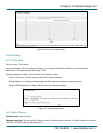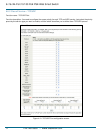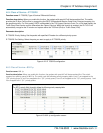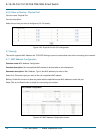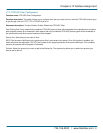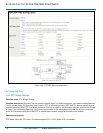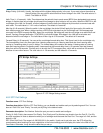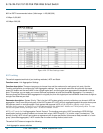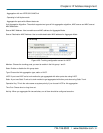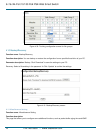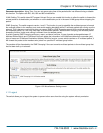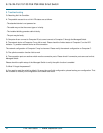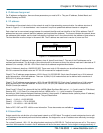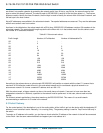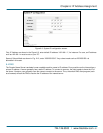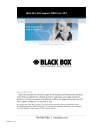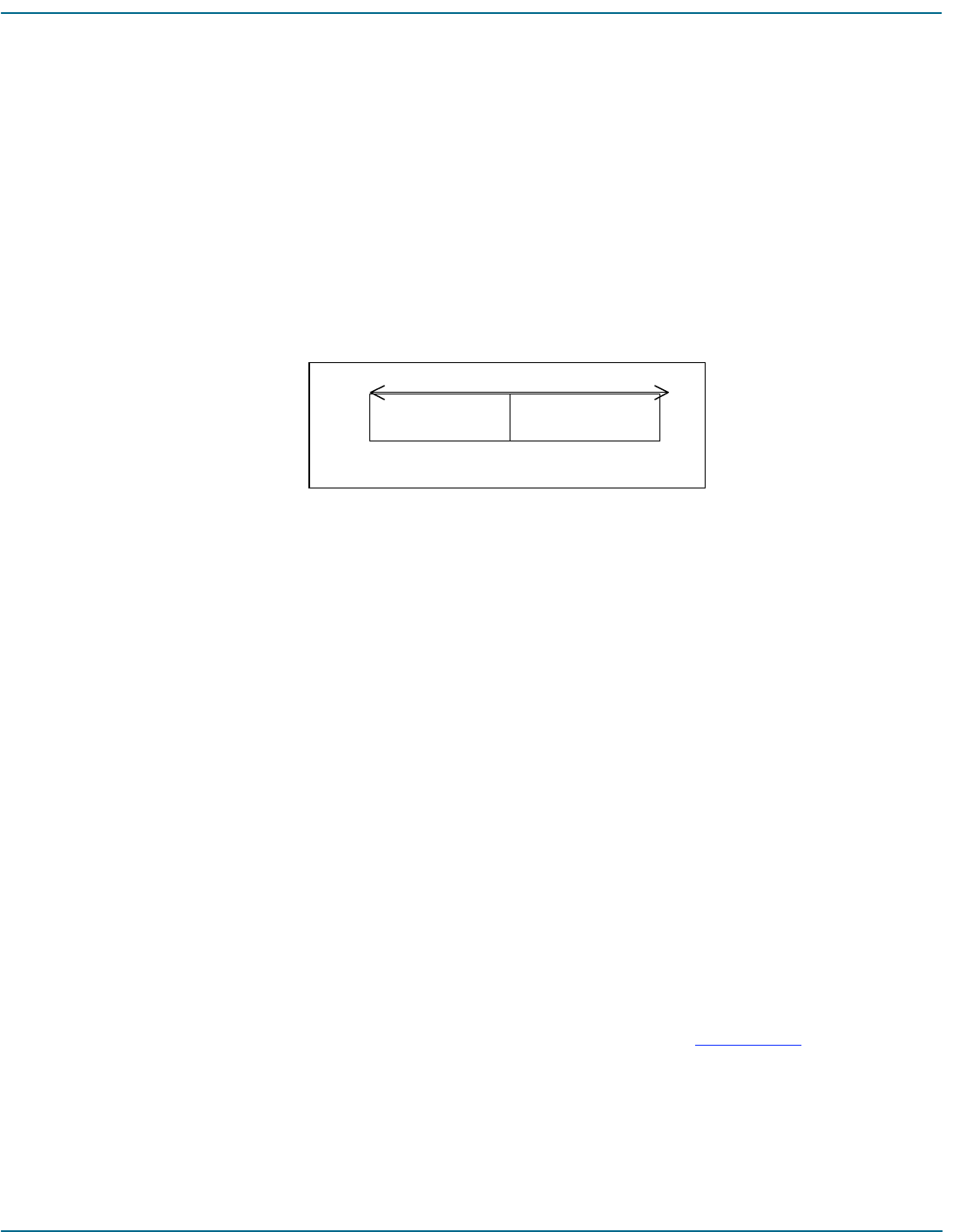
Chapter 6: IP Address Assignment
724-746-5500 l www.blackbox.com
43
6. IP Address Assignment
For IP address configuration, there are three parameters you need to fill in. They are IP address, Subnet Mask, and
Default Gateway and DNS.
6.1 IP address
The address of the network device in the network is used for internetworking communication. Its address structure is
shown in Figure 3-11. It is described as “
class” because it is split into predefined address classes or categories.
Each class has its own network range between the network identifier and host identifier in the 32 bits address. Each IP
address has two parts: network identifier (address) and host identifier (address). The former indicates the network where
the addressed host resides, and the latter indicates the individual host in the network which the address of host refers to.
The host identifier must be unique in the same LAN. The IP address we used here is version 4, known as IPv4.
Figure 6-1. IP address structure.
The switch divides IP address into three classes, class A, class B, and class C. The rest of the IP addresses are for
multicast and broadcast. The bit length of the network prefix is the same as that of the subnet mask and is denoted as IP
address/X, for example, 192.168.1.0/24. Each class has its address range described below.
Class A: Address is less than 126.255.255.255. There are a total of 126 networks can be defined because the address
0.0.0.0 is reserved for default route and 127.0.0.0/8 is reserved for loopback function.
Class B: The IP address ranges between 128.0.0.0 and 191.255.255.255. Each class B network has a 16-bit network
prefix followed by a 16-bit host address. There are 16,384 (214)/16 networks that can be defined with a maximum of
65534 (216-2) hosts per network.
Class C: The IP address ranges between 192.0.0.0 and 223.255.255.255. Each class C network has a 24-bit network
prefix followed by an 8-bit host address. A total of 2,097,152 (221)/24 networks can be defined with a maximum of
254(28-2) hosts per network.
Class D and E: Class D is a class with the first 4 MSBs (Most Significant Bits) set to 1-1-1-0 and is used for IP Multicast.
See also RFC 1112. Class E is a class with the first 4 MSBs set to 1-1-1-1 and is used for IP broadcast.
According to IANA (Internet Assigned Numbers Authority), three specific IP address blocks (called a private IP address)
are reserved for extending an internal network. They are listed below.
Class A 10.0.0.0---10.255.255.255
Class B 172.16.0.0---172.31.255.255
Class C 192.168.0.0---192.168.255.255
Refer to RFC 1597 and RFC 1466 for more information. These documents are available at www.faqs.org
.
6.2 Subnet Mask
Subnet mask is the sub-division of a class-based network or a CIDR block. The subnet is used to determine how to split
an IP address to the network prefix and the host address. It’s designed to use an IP address more efficiently to manage
an IP network.
For a class B network, 128.1.2.3, the default subnet mask may be 255.255.0.0. The first two bytes are all 1s. This means
more than 60 thousands of nodes in flat IP addresses will be on the same network. It’s too large to manage practically. If
32 bit
Network identifier
Host identifier



